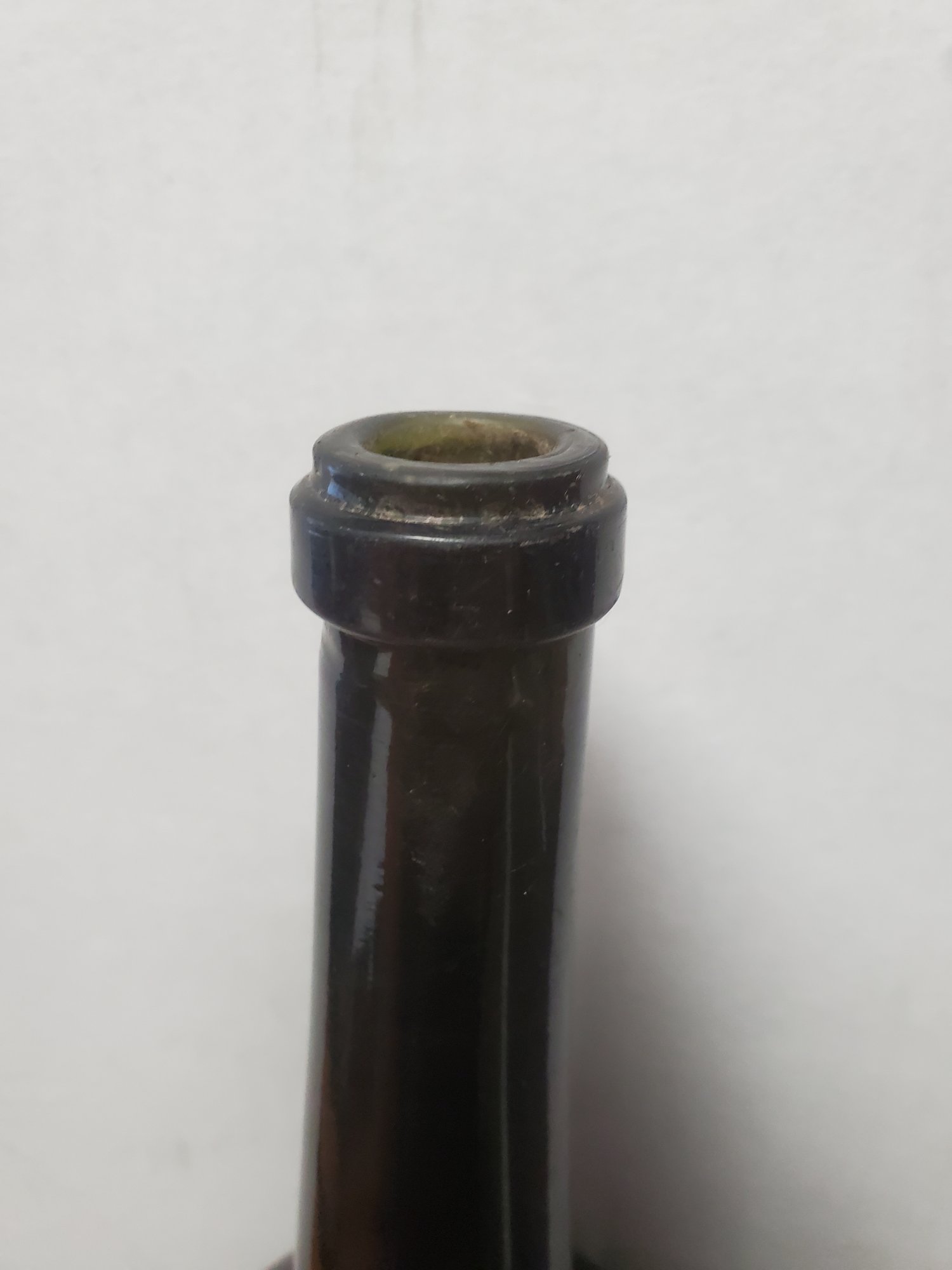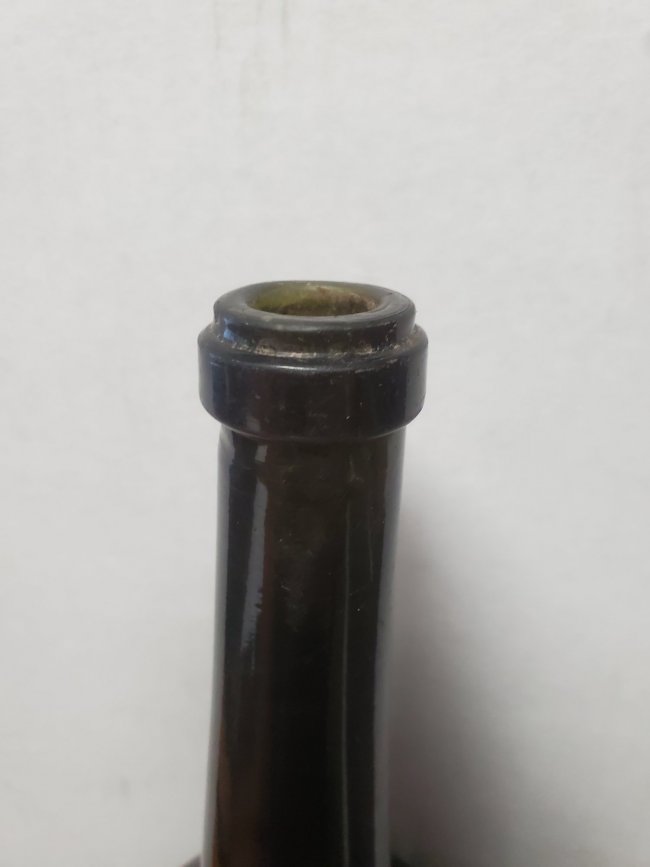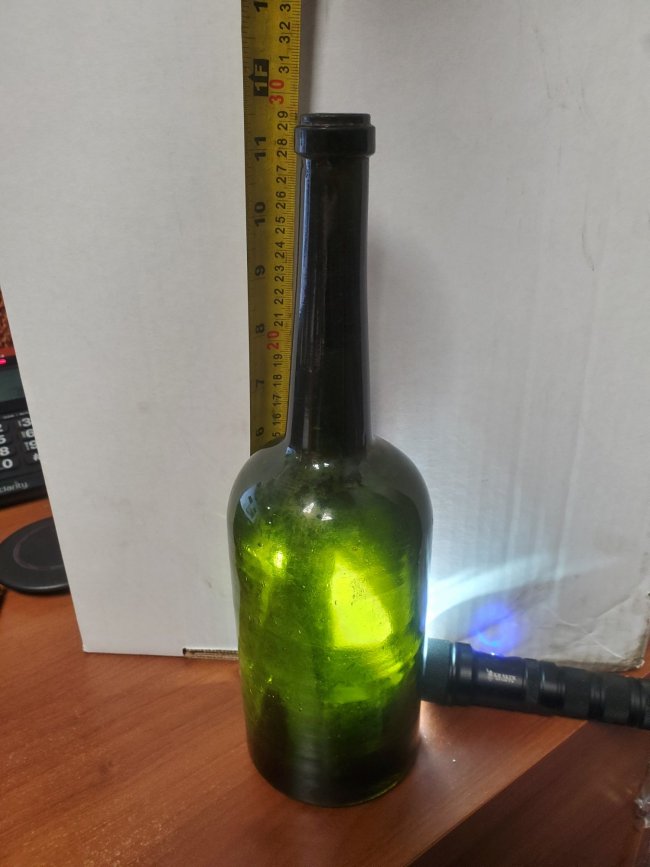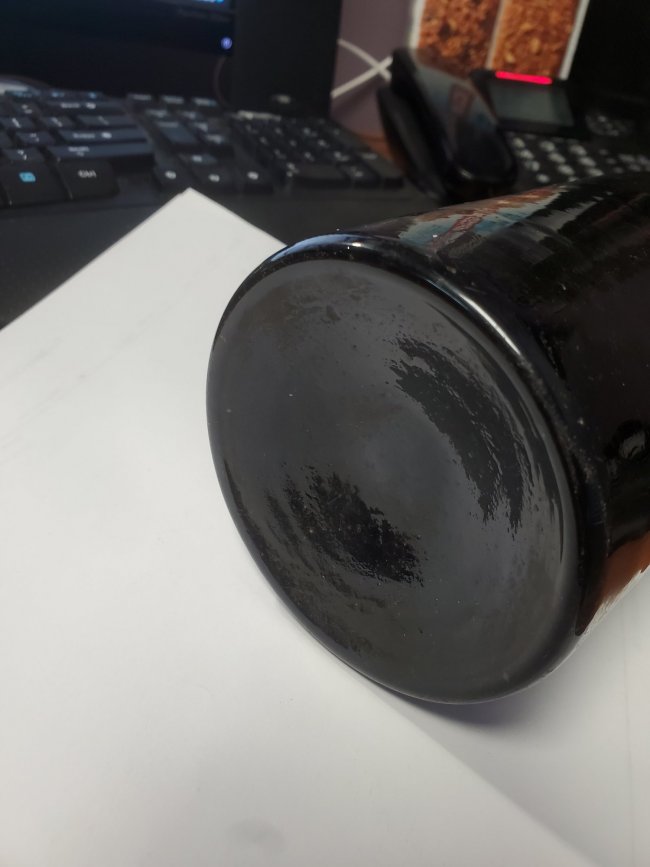Peter Boyd
Member
- Joined
- Feb 25, 2019
- Messages
- 14
- Reaction score
- 7
- Points
- 3
I found this bottle in Halifax Harbour, Nova Scotia last week. It is dark green glass and about 12" tall. it looks like it is hand blown ( no seams ). Does any one know the approx age and what would have been in it, also there is a cork inside, is there a trick to remove it with out breaking the bottle? Thanks !




 -
-



